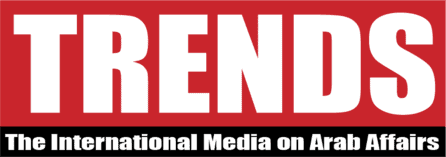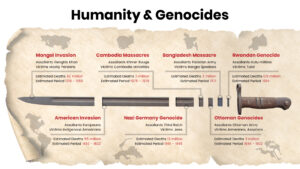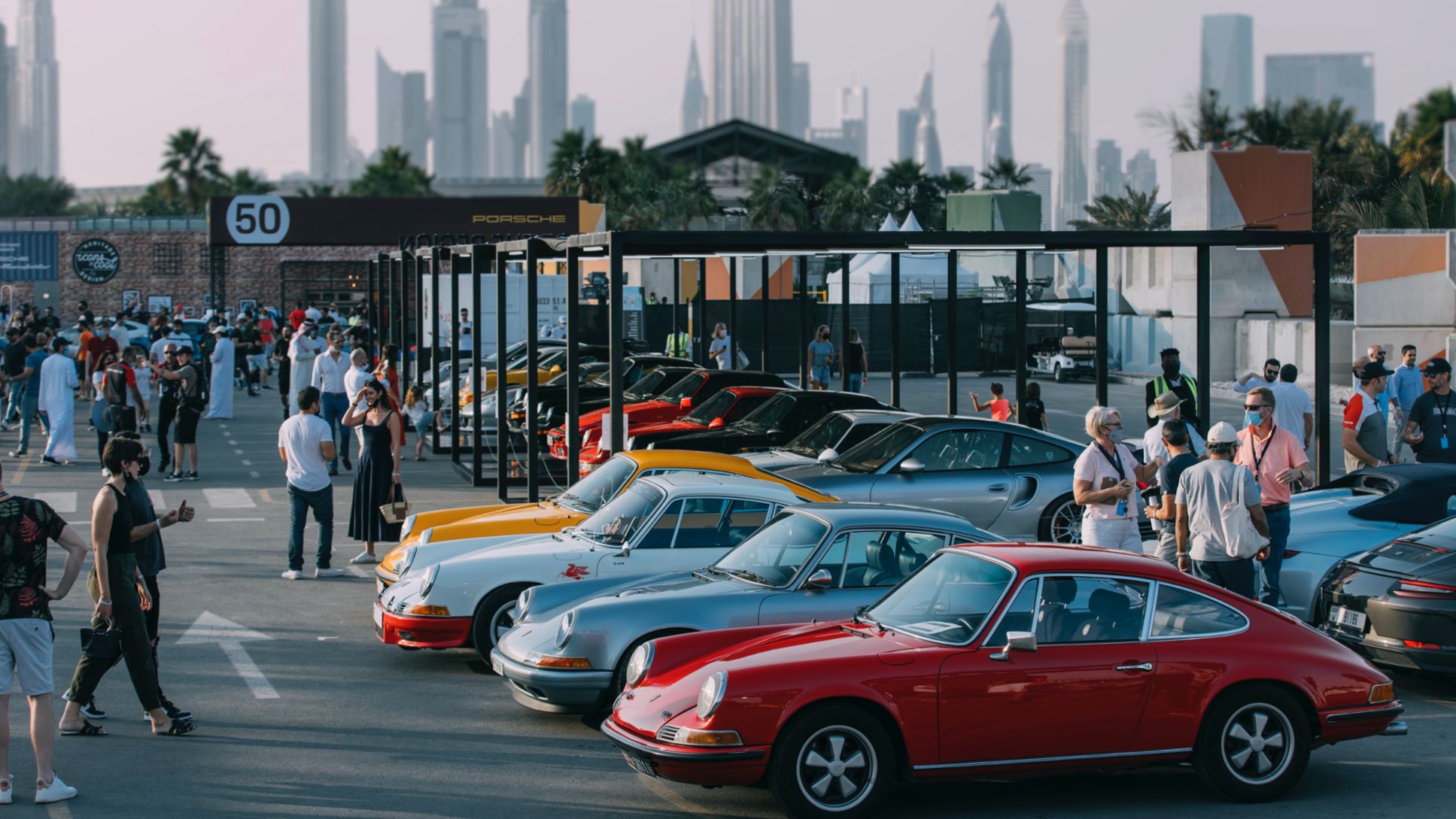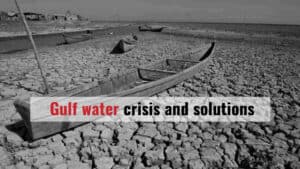Around the world, wellbeing is moving from aspiration to action. Governments are embedding wellness into national priorities. Investors are shifting toward prevention and longevity. Citizens are demanding environments that support health—not just healthcare.
But one region stands out for the pace and ambition of this transformation: the Middle East.
As Chair of the Global Wellness Summit (GWS) and the Global Wellness Institute (GWI), I’ve spent nearly two decades focused on the business of wellness. Our nonprofit research organization tracks the $6.3 trillion global wellness economy across 11 sectors—from real estate and tourism to technology and mental wellness.
And what we’re seeing across the Middle East today is remarkable.
Countries throughout the region—from Saudi Arabia to Qatar to the UAE—are elevating wellness as a national priority. They’re integrating wellbeing into long-term visions, urban planning, healthcare innovation, and economic development strategies. This level of cross-sector momentum is not only powerful—it’s instructive.
Take the United Arab Emirates. GWI recently released its first country-specific wellness economy report on the UAE. It revealed extraordinary growth: from 2019 to 2023, the UAE’s wellness economy surged by 58 percent, reaching $34.1 billion—the largest in the MENA region and one of the fastest-growing markets globally.
This is the result of deliberate strategy. The UAE’s National Strategy for Wellbeing 2031, launched six years ago, positioned wellness as an essential pillar of national development. And leading private sector partners, such as Aldar, are helping turn this vision into reality through bold investments in wellness communities, real estate, and hospitality. Aldar is also supporting GWI in providing updated data on the UAE’s wellness economy, to be released this November.
But what’s happening in the UAE is not happening in isolation. Across the region, countries are aligning national visions with real investment in health, longevity, and quality of life. The Middle East is quickly becoming a global leader in showing what wellness looks like when it’s backed by long-term thinking and collaborative execution.
Wellness by Design
Unlike many global wellness initiatives that remain fragmented or symbolic, the Middle East is building wellness into the blueprint of national progress. That includes infrastructure, education, tourism, healthcare, and technology—working together, not apart.
This is how wellness moves from aspiration to action: when public and private sectors align, and when wellbeing is embedded into policy, place, and purpose.
That’s why the Global Wellness Summit is coming to Dubai this November—for the first time in our 19-year history.
The Future of Longevity
The theme of this year’s Summit is “Longevity Through a Wellness Lens.”
We’ll explore what it really means to live longer and better. From gene editing and AI-driven drug discovery to epigenetic therapies and purpose-driven aging, the science is advancing rapidly. But it must be matched with equally ambitious thinking in design, policy, social connection, and mental wellbeing.
Longevity is not just a scientific issue—it’s a social one. And the real breakthroughs will happen where innovation meets infrastructure.
The Middle East—particularly the Gulf region—is actively creating that intersection. Whether it’s future-focused healthcare cities in Saudi Arabia, AI-driven wellness diagnostics in Qatar, or purpose-built communities in the UAE, this is a region that’s not waiting for wellness to happen. It’s making it happen.
A Different Kind of Gathering
The Global Wellness Summit isn’t transactional—it’s transformational. Each year, we gather a carefully curated group of leaders from across industries: CEOs, investors, scientists, real estate developers, government officials, technologists, and healthcare innovators.
And we ask a core question:
“What can we achieve together that we cannot achieve alone?”
This spirit of collaboration is what makes GWS different. It’s why so many of the industry’s most impactful partnerships, investments, and ideas have been sparked at our events.
Dubai, with its global outlook and rapidly evolving wellness ecosystem, provides an ideal backdrop for the kinds of conversations—and commitments—that can reshape industries.
An Invitation to Those Not Yet in Our Orbit
While the GWS is an invitation-only event, we recognize that coming to a new region means we may not yet know all the leaders, innovators, and changemakers who should be in the room. If you are building something meaningful in wellness, health, or longevity—or if you represent a sector that can help elevate wellbeing globally—we invite you to reach out and request an invitation. We want to hear from you.
This Summit isn’t just for those already in the conversation. It’s for those who will expand it.
Why It Matters Now
Wellness is no longer a luxury. It’s a strategic imperative—for governments, businesses, and communities. It’s also one of the most promising tools we have to address today’s biggest challenges: from healthcare costs to mental health to climate resilience and aging societies.
The Middle East is showing the world what’s possible when wellness is built into the foundation, not bolted on after the fact.
And that’s exactly the kind of leadership the world needs now.
This November, in Dubai, we’ll come together to share insight, challenge assumptions, and build new bridges. Because the future of wellness—and longevity—won’t be shaped in isolation.
It will be shaped together.
(Susie Ellis is Chair and CEO of the Global Wellness Summit and the Global Wellness Institute. Recognized globally as a pioneer of the wellness economy, she has spent more than 30 years advancing wellness as a force for positive change in society.)
Disclaimer: The views and opinions expressed in this Op-Ed are solely those of the author and do not necessarily reflect the official policy or position of TRENDS.







